Jungle man Hồ Khanh and the finding
Son Doong story
Mr. Ho Khanh (the man who discovered Son Doong Cave) was born and raised in Son Trach Commune (now known as Phong Nha town), Bo Trach District, Quang Binh Province in 1969. Before 1997, life of the locals in their hometown was extremely harsh, farming was so basic, that there was not enough food to put on the table. Transportation was really limited, there was no electricity, schools and clinics were simply unavailable. Mr Khanh and his family, the same as other families in the town, relied on their crops and the jungle surrounding them to survive day by day.
The Agarwood hunt
In 1980, there was a rise in Agarwood demand, which led the people of Phong Nha into the heated quest of finding the Agarwood in the jungles of the limestone mountain range that runs along the border of Vietnam and Laos. Agarwood is a rare and expensive jungle tree, people would go into the jungle to find and sell it to the dealers for exportation to China or Middle Eastern countries. The local men and people from nearby villages would “hunt” for this exotic wood in the jungle with a hope of changing their lives for the better. Mr Khanh and other men of his age would also try to find the Agarwood in the jungles along the border of two provinces Quang Binh (Vietnam) and Khamoune (Laos). These expeditions could take 10 days or even 2 months; depending on the terrain as well as the scarcity of the Aquilaria Crassna tree (the tree that produces Agarwood oil).
Back in those days, the young Ho Khanh would carry on his back 50-60kg of food and tools to survive in the deep jungles. At the time, there were no regulations for managing and protecting the forest; therefore, the people who entered the jungle to do logging and looking for natural resources were called “jungle workers'', “woodman” or in Phong Nha, they were simply known as “the Agarwood hunters''.
Ho Khanh used to be a lumberjack.
Illegal loggers
In 1993, Quang Binh province established the Phong Nha Nature Reserve with a team of rangers to protect the jungle. In 2001, the Prime Minister issued a decision to establish Phong Nha - Ke Bang National Park. And since then all activities of jungle exploitation or hunting in the area have been considered illegal and are prohibited. However, life was still tough. Many people, for their family’s survival, still decided to go into the jungle to continue with the prohibited activities; so they were known as “illegal loggers”.
The future of Mr. Ho Khanh as well as the local people was becoming more difficult than ever because they depended on jungle resources for years. Many people risked their lives to go poaching, harvesting timber or carrying illegal explosive substances and, if caught and prosecuted, they could face five to ten years in prison.
Encountering the limestone caves
Usually, men who went into the jungle would rest at night by cutting down trees to build a shelter and use the hammocks. They did it to prevent predators, snakes or insects attacking whilst they slept. But there was a time when they encountered many storms that washed their campsite away, and the cave entrances were the ideal shelters for the woodsmen.
For Mr Khanh, besides looking for the Agarwood, he also has a special interest in caves. The Phong Nha Ke Bang Massif is a vast area of limestone mountains, valleys and rivers that help to create all the majestic cave and river systems in the area. “Finding the water supply is the most important task during every jungle expedition,” said Mr. Ho Khanh. Therefore, he would spend time looking for a supply of water inside the cave entrances. To go into the caves the woodsmen would need to be brave, as using just a lighted stick or a very poor quality torch in such caves is very dangerous. To be a good jungle man they would need to also have physical ability, a sharp mind and a great memory; and all these attributes were compressed into Mr. Ho Khanh. With his mind and memory, he was able to remember the characteristics of the peaks and the distance to the caves, and its width and height….
Ho Khanh’s journey to find Son Doong Cave
Early December, 1990: During one of his expeditions, a heavy rain forced Mr. Khanh to take shelter under a cliff. When taking shelter he was frightened by the sight of giant columns of fog and cold air flowing out from the cave entrance. These images were imprinted into his memory for the years to come.
In 2007, the leader of The British Vietnam Caving Expedition Team, Mr. Howard Limbert, was in Phong Nha with a team. During a trip to the Hang En area, Mr. Khanh told Mr. Limbert of what he saw nearly 20 years ago, and Mr. Limbert believed it could lead to the missing cave section between Hang En and Hang Thoong. So he asked Mr. Khanh to look for the site, so the cave expedition group could explore and survey it. In 2007 he was unable to locate the entrance, in 2008, he returned to the jungle by himself, and searched until he found the cave entrance once more and carefully marked it. After that, he went home and waited for the expedition to return.
March 2009: Mr. Limbert returned to Phong Nha with an expedition group and the assistance of Hanoi University of Science (HUS). Mr. Khanh said he would guide some team members to a number of entrances in the area around Hang En. Reaching the first cave entrance (which turned out to be Hang Son Doong) Mr. Peter MacNab, a member of the British Vietnam Caving Expedition group, was the first team member to set foot inside the cave on April 7th. It was also the first time that Mr Khanh could go into the cave since to enter the cave you must climb down a steep wall 50m deep. He couldn’t do it before, because of the lack of safety equipment.
During that expedition, with the results from laser measurements, the exploration team determined that this was the largest natural cave in the world. Mr Khanh and the members of the expedition discussed and named it Son Doong Cave (a combination of two words: Son means mountain, Doong is the name of the valley where Rao Thuong stream flows, inhabited by Bru Van Kieu people since 1992).
Ho Khanh with Howard Limbert the leader of The British Vietnam Caving Expedition Team.
Ho Khanh “the king of the caves”
Cave entrances were often found by the local woodsmen during their expeditions, but to them the caves held no value at all, since there was no economic value at that time. However, Mr. Khanh was a man different among men, the caves have always tickled his curiosity. He used the caves to mark all the areas that he found Agarwood. From 1980 to 2000, Mr. Khanh had found more than 30 entrances of different sizes. Among Ho Khanh caves he found, there was Hang Son Doong (1990) and Hang Va (1992).
Mr. Khanh has earned the trust of Mr. Howard’s cave expedition group. Since 2010 he has been in charge of supervising logistics, recruiting porters for expedition equipment and serving meals when the expedition group went into the jungle. He was also helpful in scouting and looking for information when someone discovered a new cave to inform the British Vietnam Caving Expedition. From 1990 to the present, many local people including Mr Khanh have helped the expedition team explore around 400 new caves.
As news spread of the world’s largest cave, a number of documentary films came to Son Doong Cave. Mr Ho Khanh and his team helped the British Vietnam Caving Expedition to take these teams safely into Son Doong Cave to make their films. One of these was a team from the National Geographic Magazine, who helped inform the world about Son Doong Cave.
As a result of all this, Mr Ho Khanh became very well known and recognized by the press and media. Ho Khanh is known as the local man who found Son Doong, he goes by the nickname "king of caves" or Ho Khanh Son Doong. And now people can easily find information about Ho Khanh Wiki.
The leader of Son Doong porter teams
In August 2013: Oxalis Adventure initiated a trekking adventure into Son Doong Cave. Son Doong Cave Expeditions have a limit of 1000 visitors per year. Which means 100 tours and each trip will consist of 10 customers and 30 service members. Because of the people's demand to explore the biggest cave, the Son Doong porter team was established and Mr. Khanh was entrusted by Oxalis Adventure (OA) to be the leader of 5 porter groups, with 25 members each.
His job is to ensure all porter teams do their jobs well, following orders, protocols and staying professional. Many members of the porter team, who used to illegally log, hunt or carry explosive substances for a living, now turn to tourism to earn money for their families and protect the jungle; day by day raising the living standard of the local residents. 125 porters under the leadership of Mr. Khanh signed a commitment to protect the jungle and promised not to participate in any illegal activities related to the jungle.
Ho Khanh’s Homestay
After some years as the leader of the porter teams supporting Son Doong Cave Tourism, Mr. Khanh and his wife opened a small homestay on the banks of the Son River, in Phong Nha town, Quang Binh, where his family lives. Ho Khanh’s homestay has 8 rooms and is managed by his wife. With his and his family’s hard work, and support from his friends and colleagues, Ho Khanh homestay Phong Nha has become a popular tourist attraction. His homestay has also created jobs for his family and people who live nearby.
After a while he could save up to own a small accommodation lying on the side of Son river - Ho Khanh Homestay..
For the future generation
In the 1990s, the generation of Ho Khanh, very few of the local people could go to university, because of the extreme poverty in the area. Many people only finished primary or secondary school or did not even attend school, having to go to the jungle to support their families. Since the establishment of tourism activities, Ho Khanh and many other porters have had a stable source of income, the potential for tourism development is now an incentive, and they are able to invest more in the education of the younger generations. Many people finish university and go back home with their families to open homestays and many have become adventure tour guides with Oxalis Adventure and some other tour companies in the region.
Son Doong porter team.
Together with the efforts of Ho Khanh and many residents of the town, people's lives are improving, many people have stable jobs. The woodsmen who used to enter the jungle for illegal hunting and logging no longer have any reason to do so. They understand that the jungle, the caves, and nature are their source of sustainable tourism development and can provide them with a sustainable future. These woodsmen have turned over a new leaf and have become pioneers in protecting, conserving nature and biodiversity. This has the benefit of reducing pressure on the national park and the park ranger service.
The Oxalis Experience.
Whether you prefer long treks, camping in a cave, sleeping under the stars in the jungle, swimming underground in river caves, explore the huge dry caves or just taking an exploratory day trip, Oxalis Adventure Tours can provide the right amount of adventure just for you.



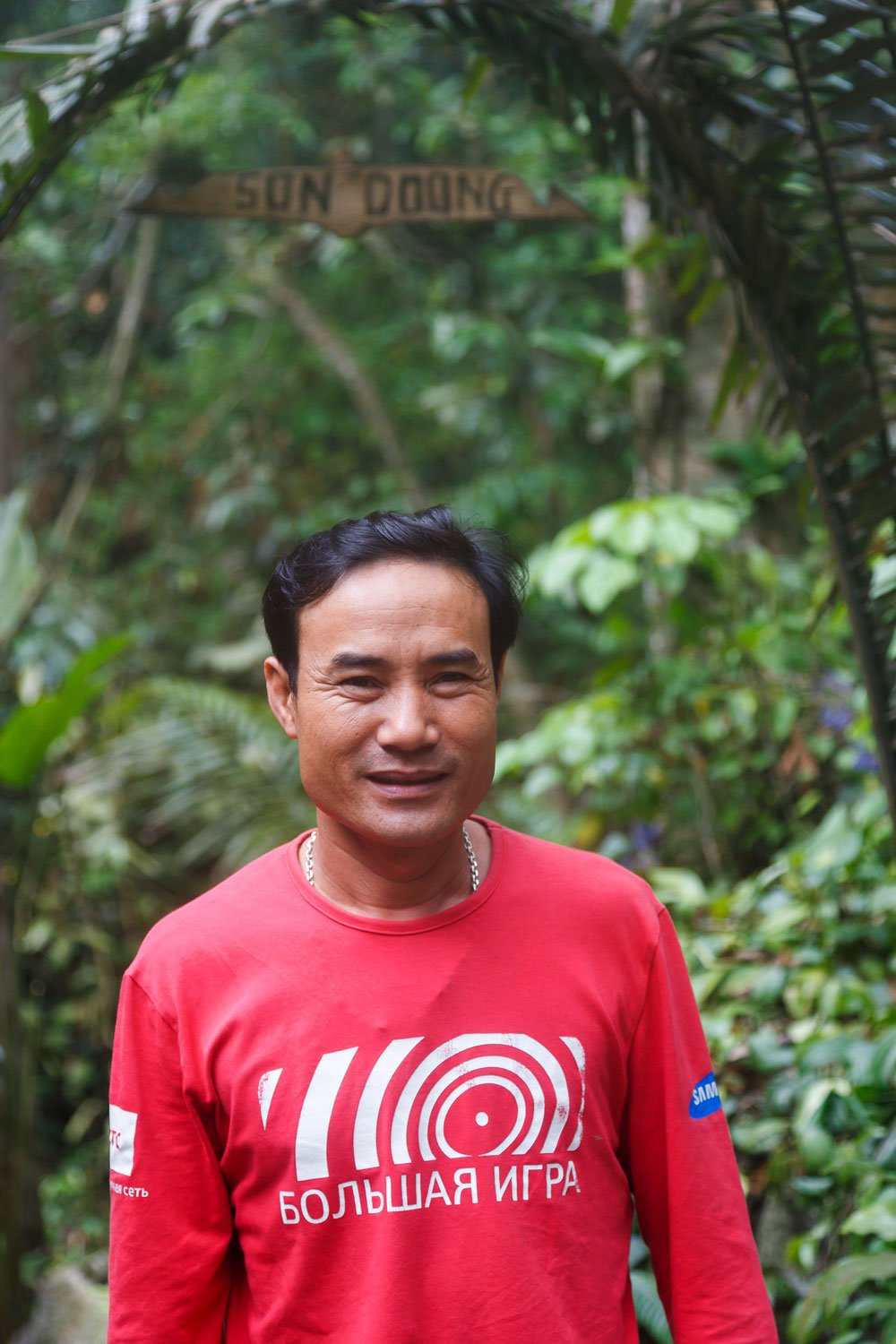
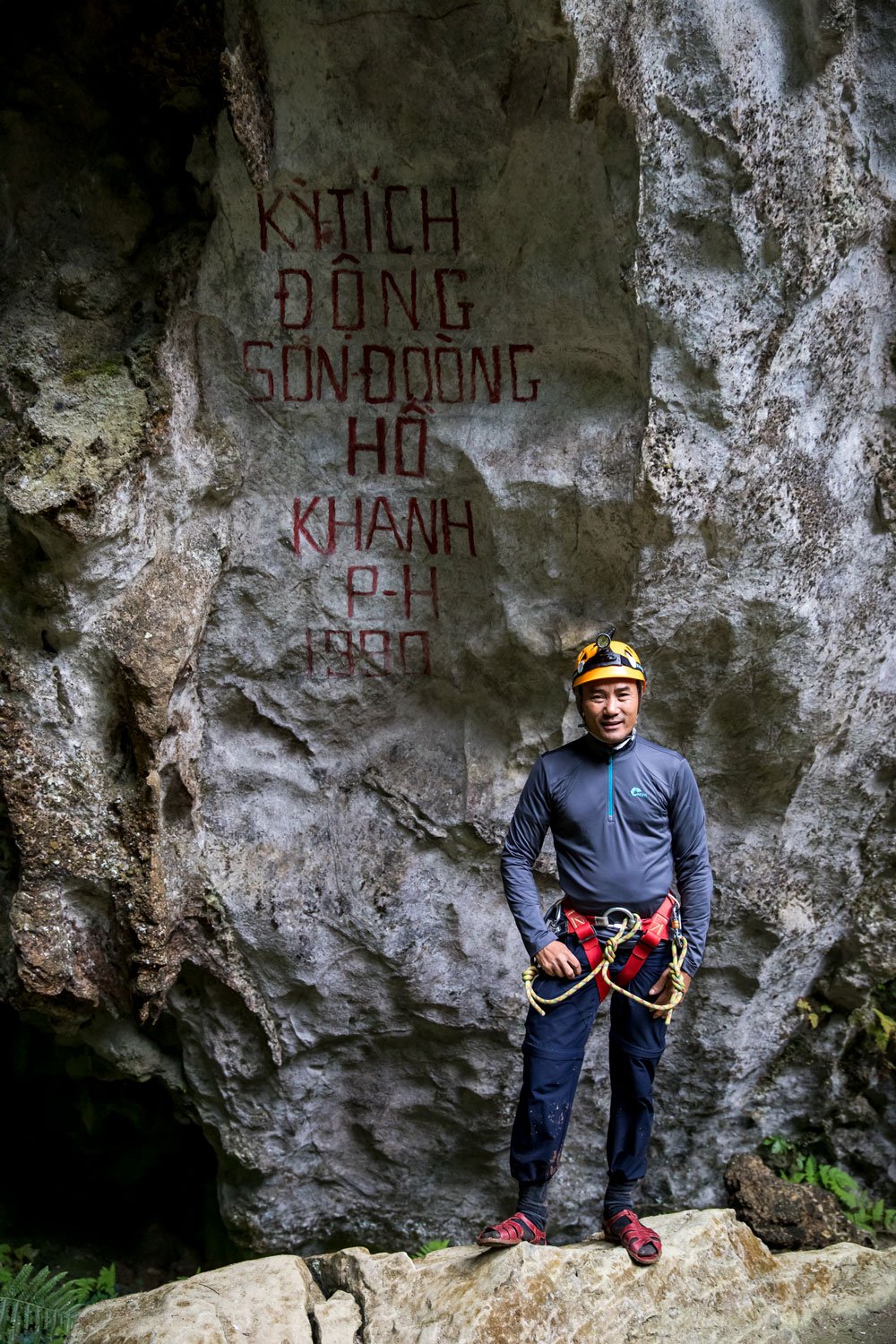
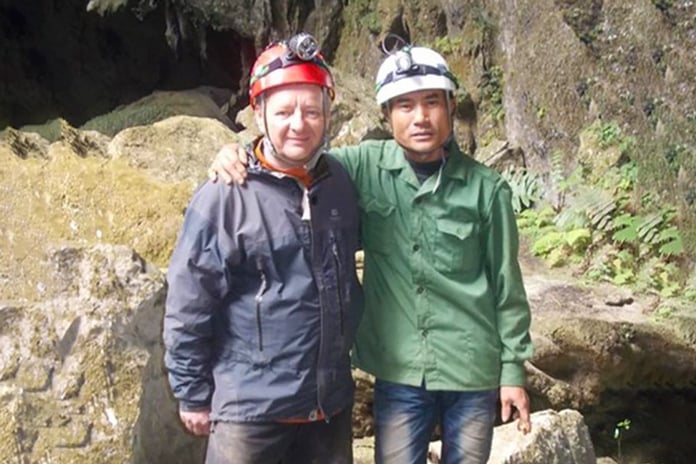
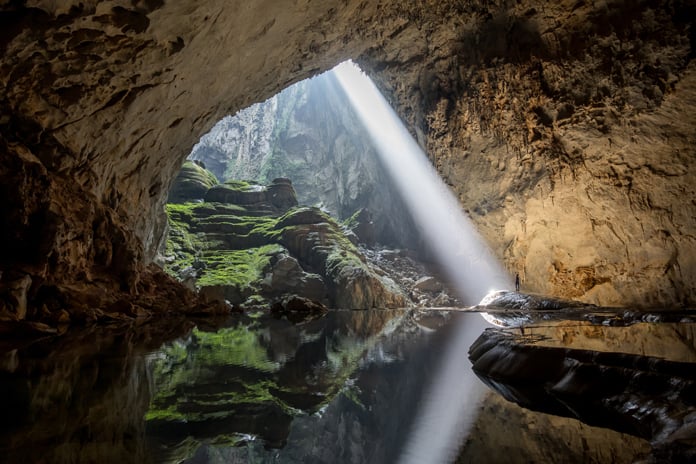
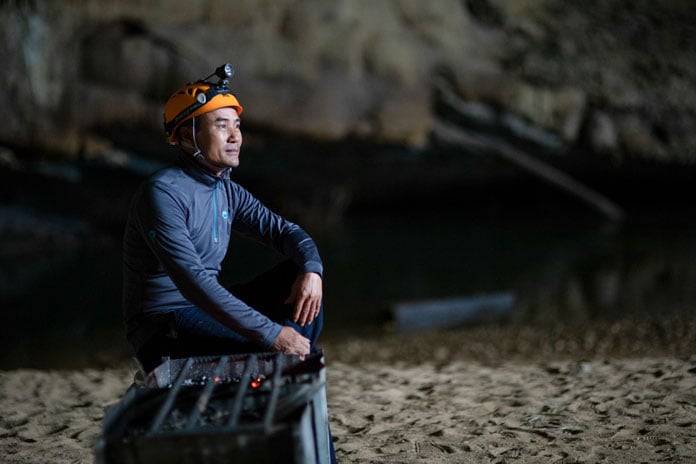
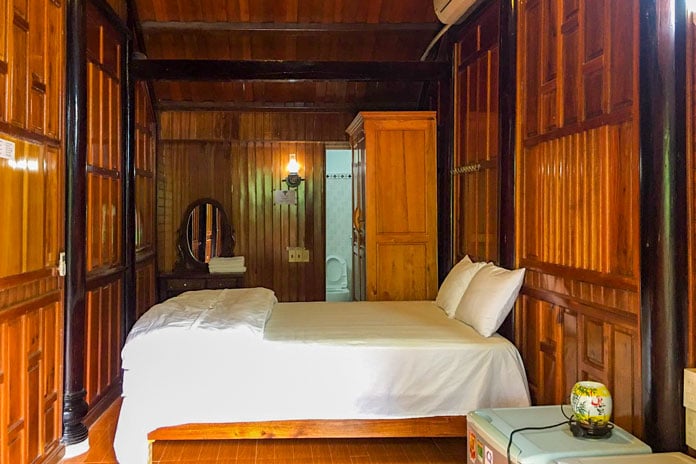
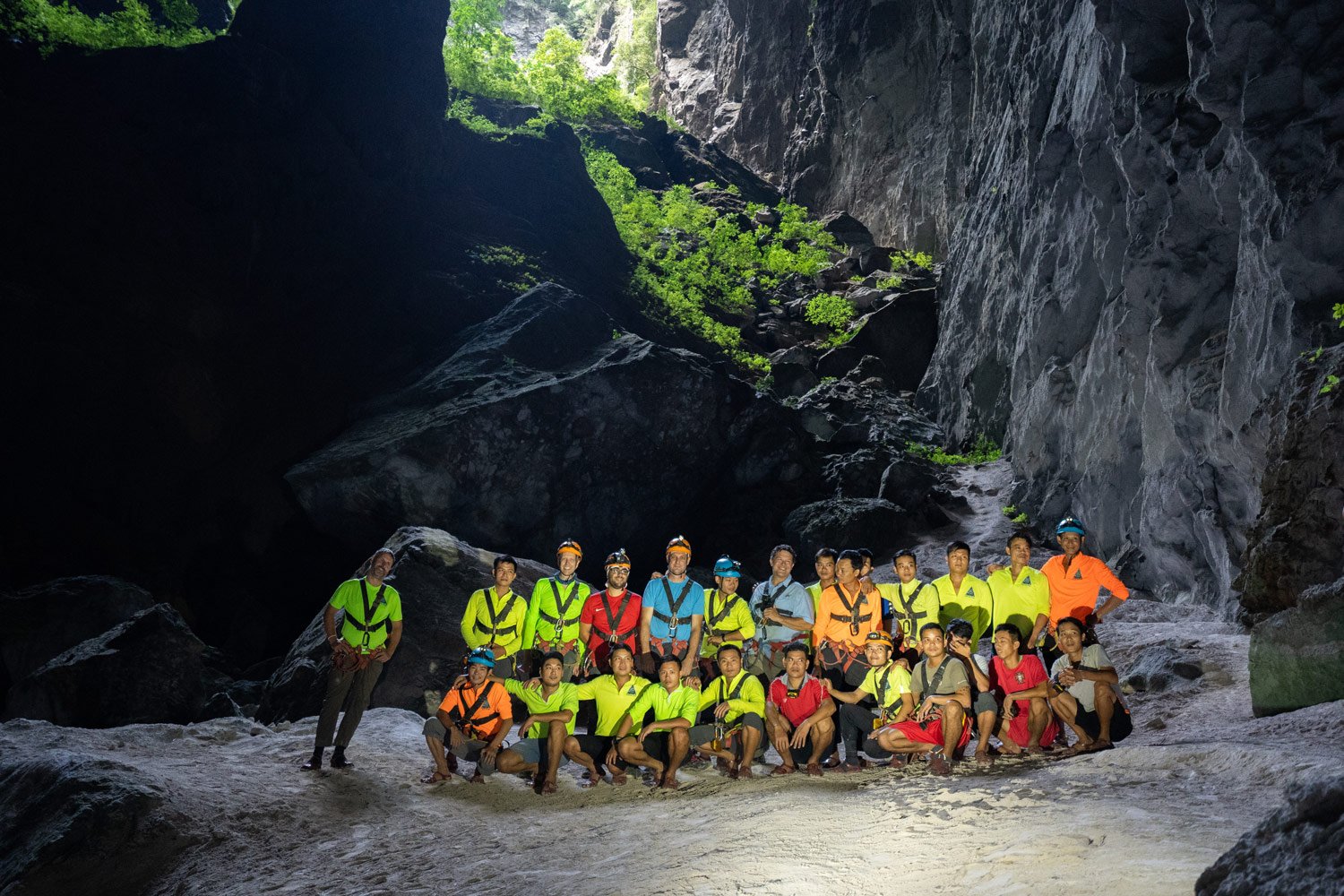
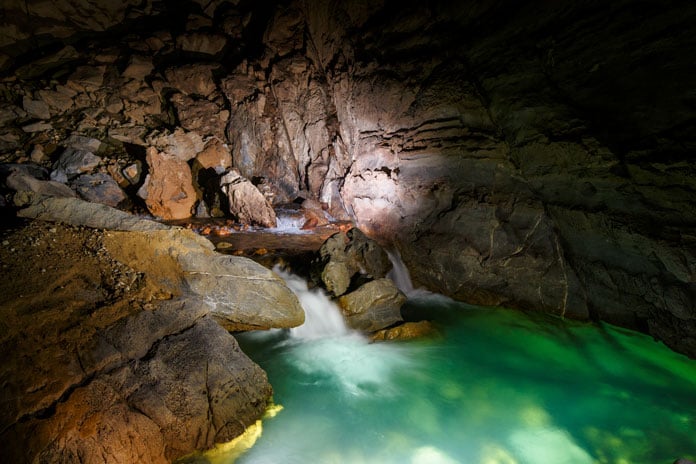
__637740499994967442.jpg)
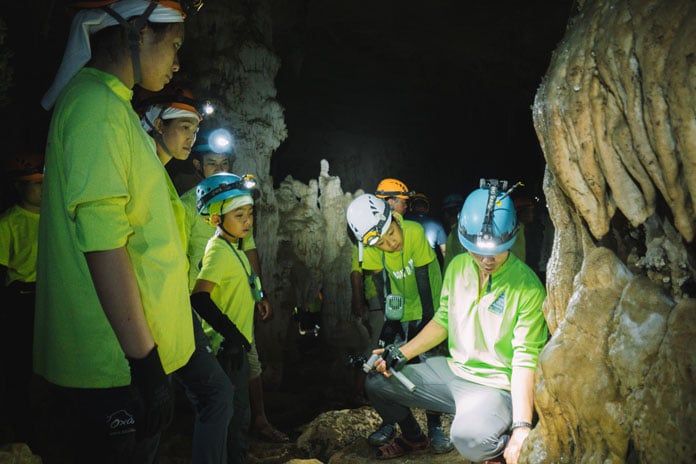
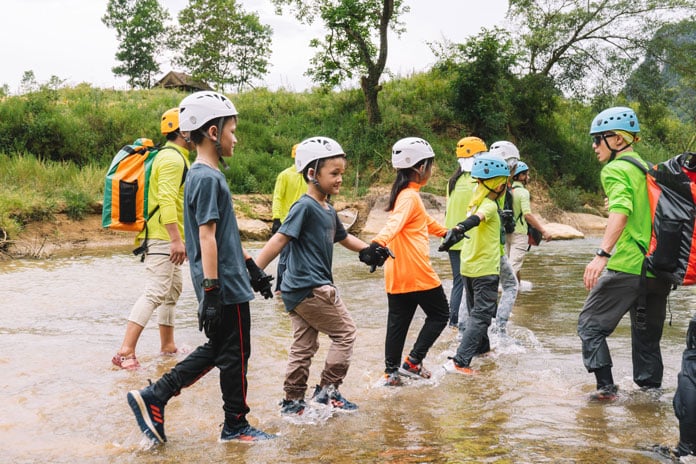
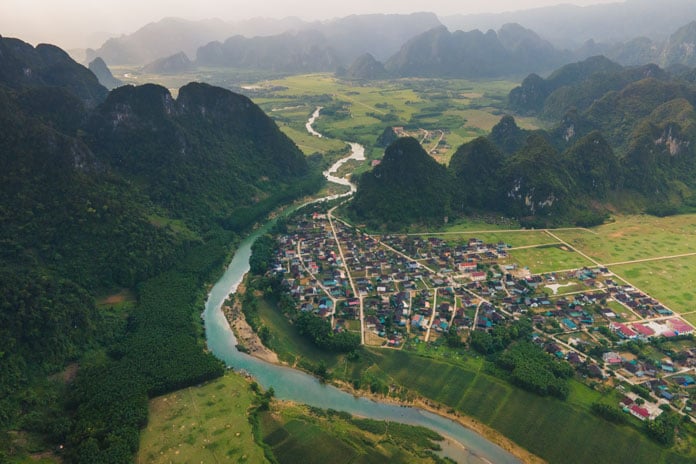
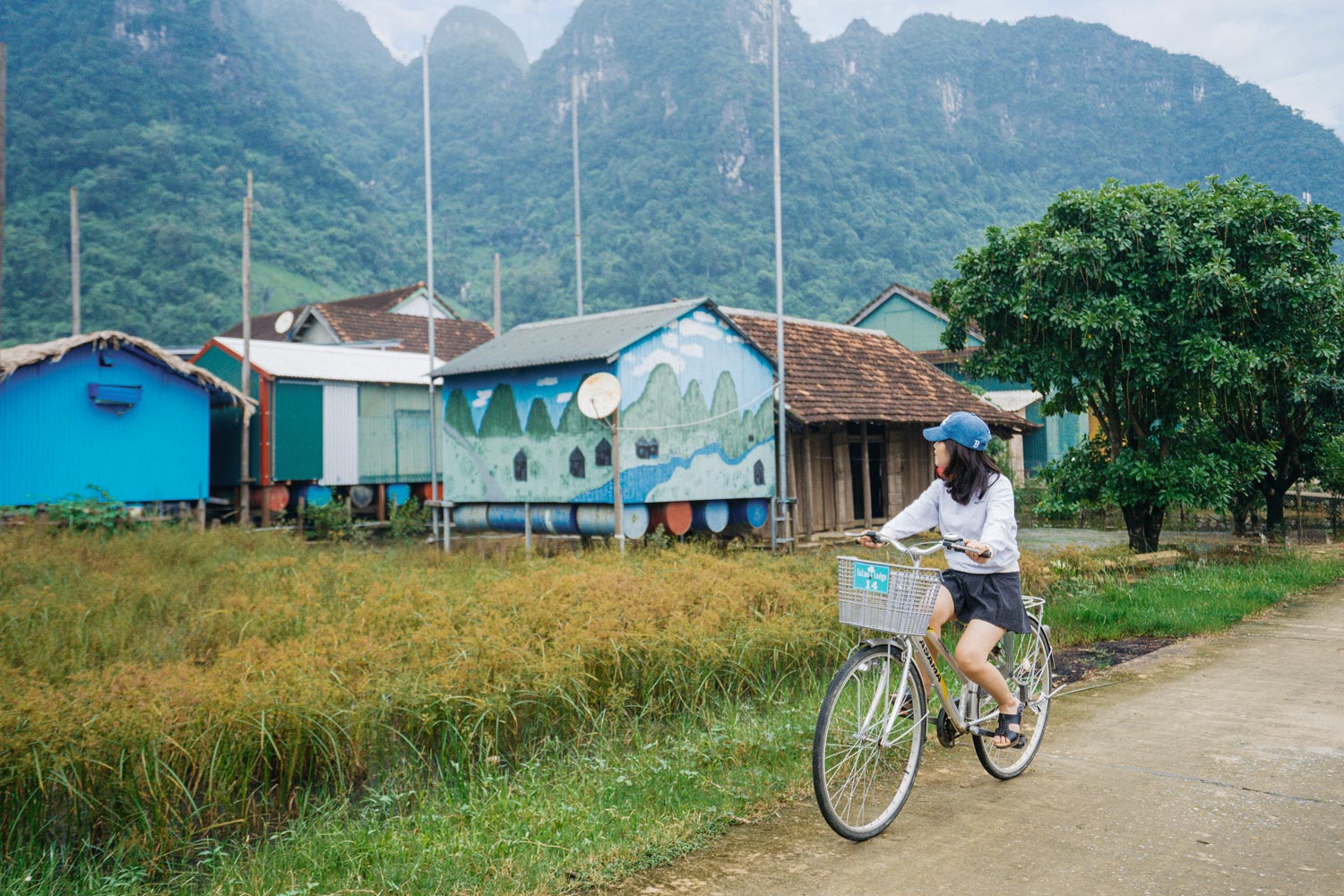
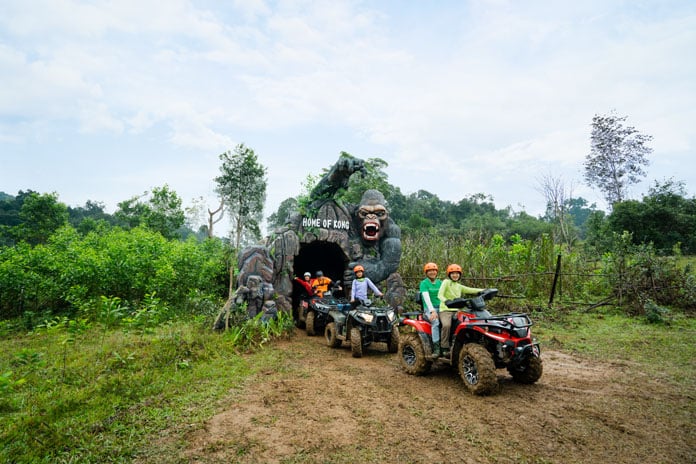
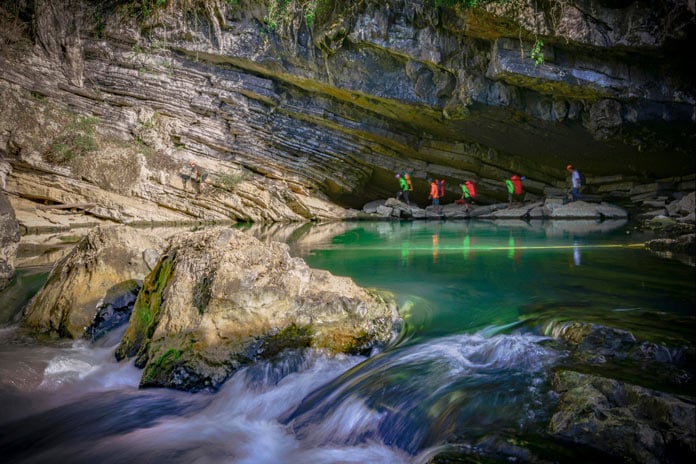
__637051767008903435.jpg)
__637051765075307793.jpg)
__637051774329206026.jpg)
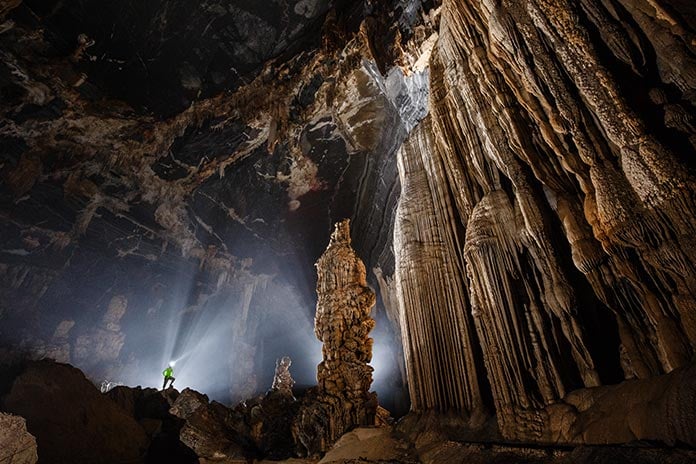
__637051782550081035.jpg)
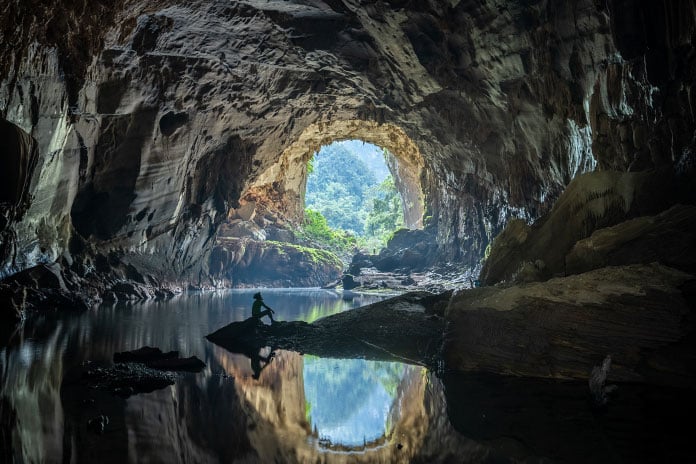
__637051777074859032.jpg)
__637051780703588520.jpg)
__637051781488596056.jpg)